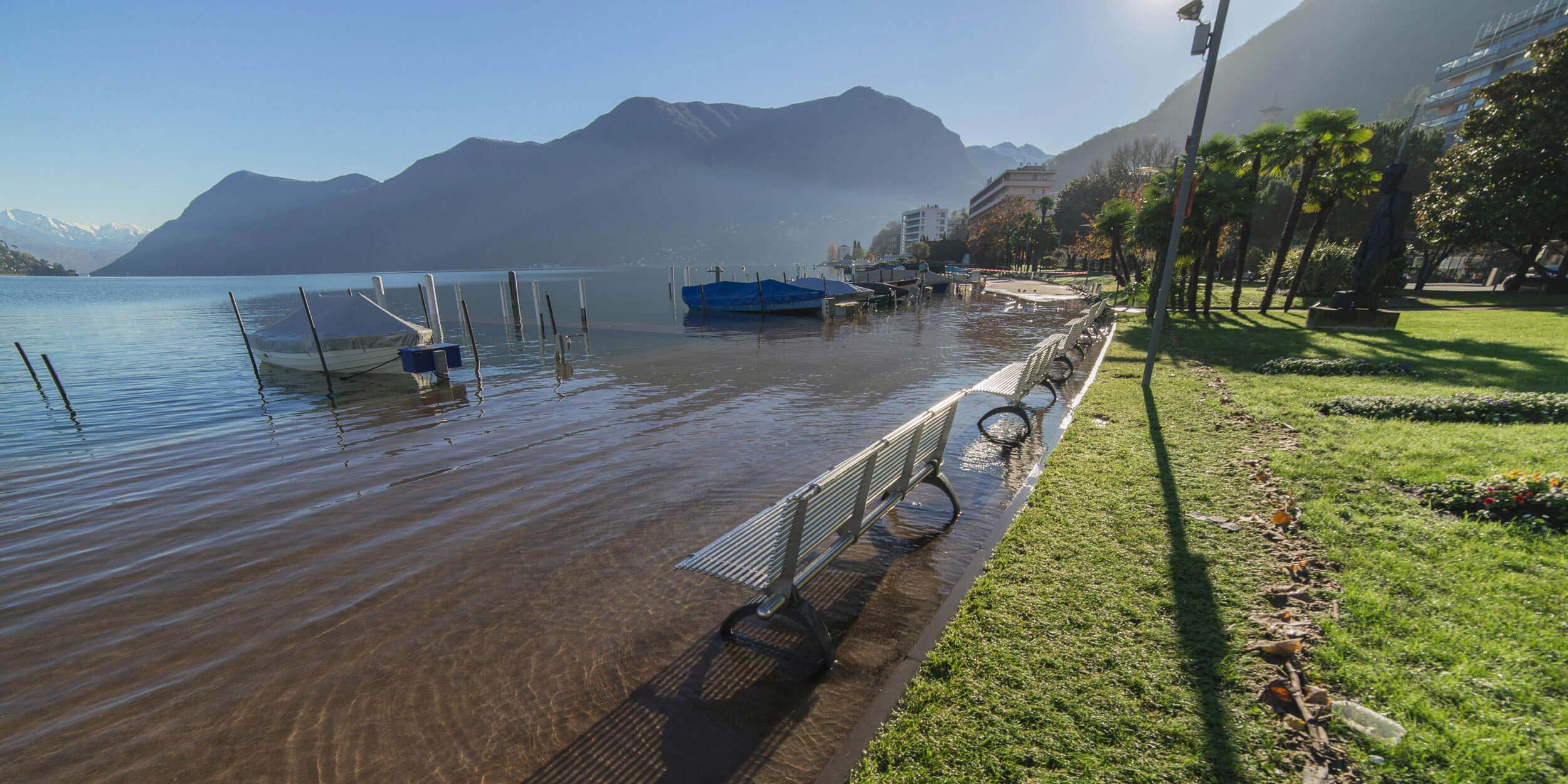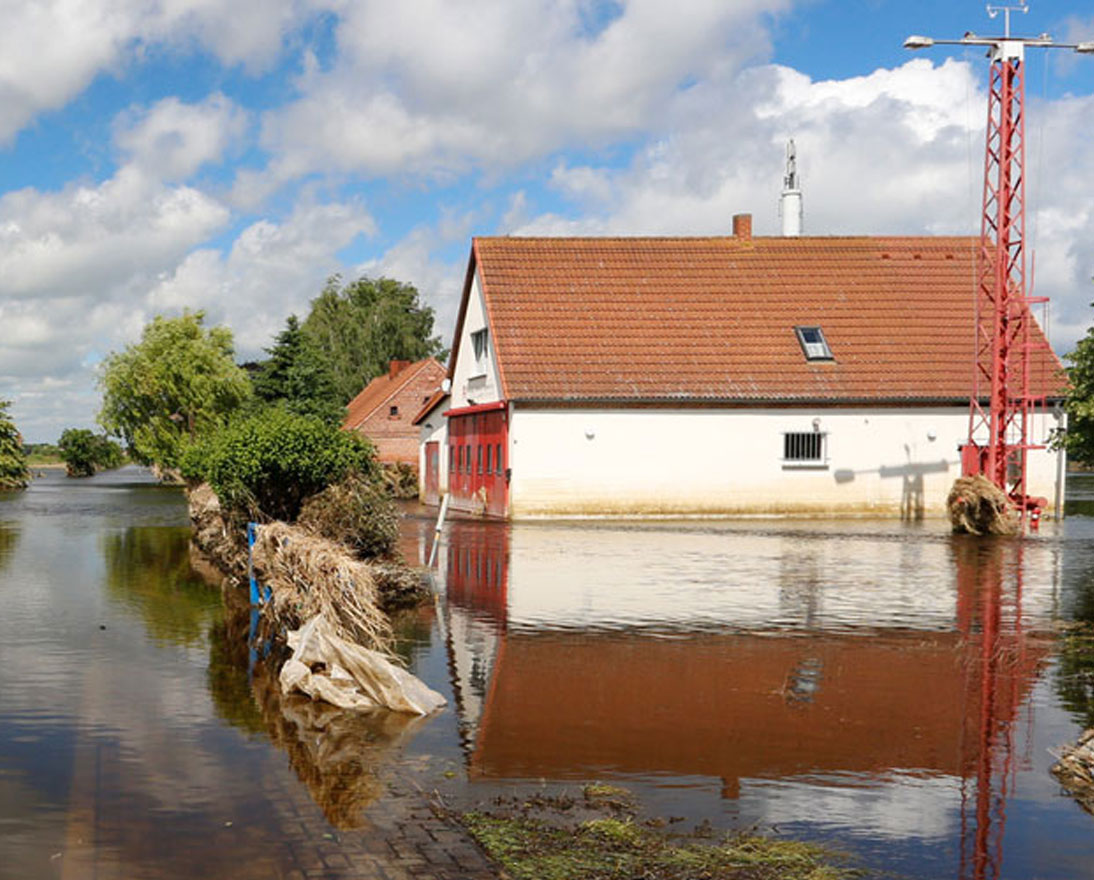German floods offer a good reason to talk about resilience
Natural hazardsArticleJune 3, 2016
As if we needed more motivation: Germany’s devastating floods underscore the need for long-term thinking about natural hazard risks.
On Sunday, May 30, flood waters raged through small towns in Southern Germany. The rampaging floods took a heavy toll. Several people lost their lives. These floods have sparked discussions about the ferocity of extreme events. Can they be better predicted? Can their fury be controlled? And how can we best address the risks to ensure that we find better, long-term solutions.
By coincidence, while floods were raging in Germany, across the border in Switzerland, one of the world’s biggest conferences on natural hazards prevention was getting underway. Interpraevent 2016, in Lucerne, Switzerland offers a proper forum to talk about the damage and destruction caused by hazards including floods. Eleven years ago, Lucerne was one of the scenes of the costliest flood event in Switzerland, which brought the city to a standstill and caused up to CHF 3 billion in damages across the country. Discussions among the more than 500 experts in attendance at this year’s conference made clear that we must adapt to an uncertain future. We cannot rely solely on statistics from past events to make assumptions about the future.
As the main supporter of this year’s Interpraevent, Zurich understands that first responders were able, in the case of these latest floods, to work together well and provide immediate support to people affected by the floods. But today, technology and research can do much more. We can improve early warnings, helping to save lives and reduce losses before an event strikes.
Through our Post Event Review Capability, that we used, for example, to analyze major floods in in Germany, Austria, Hungary and the Czech Republic in Europe 2013, we have highlighted the risks of forcing the course that streams and rivers take into narrow corridors. Though designed to a protection level believed to be safe, they sometimes prove woefully inadequate.
We must accept that man-made structures meant to provide protection can, and often will, be topped. Waterways will break out of their artificial channels. We need to adapt our behavior and strive for integrated solutions. This approach will limit what is too-often a reliance on single solutions and individual quick-fixes. By thinking holistically about floods, we can achieve what we call resilience, a concept that puts humans in the center of the picture, and goes beyond purely physical and financial protection.

